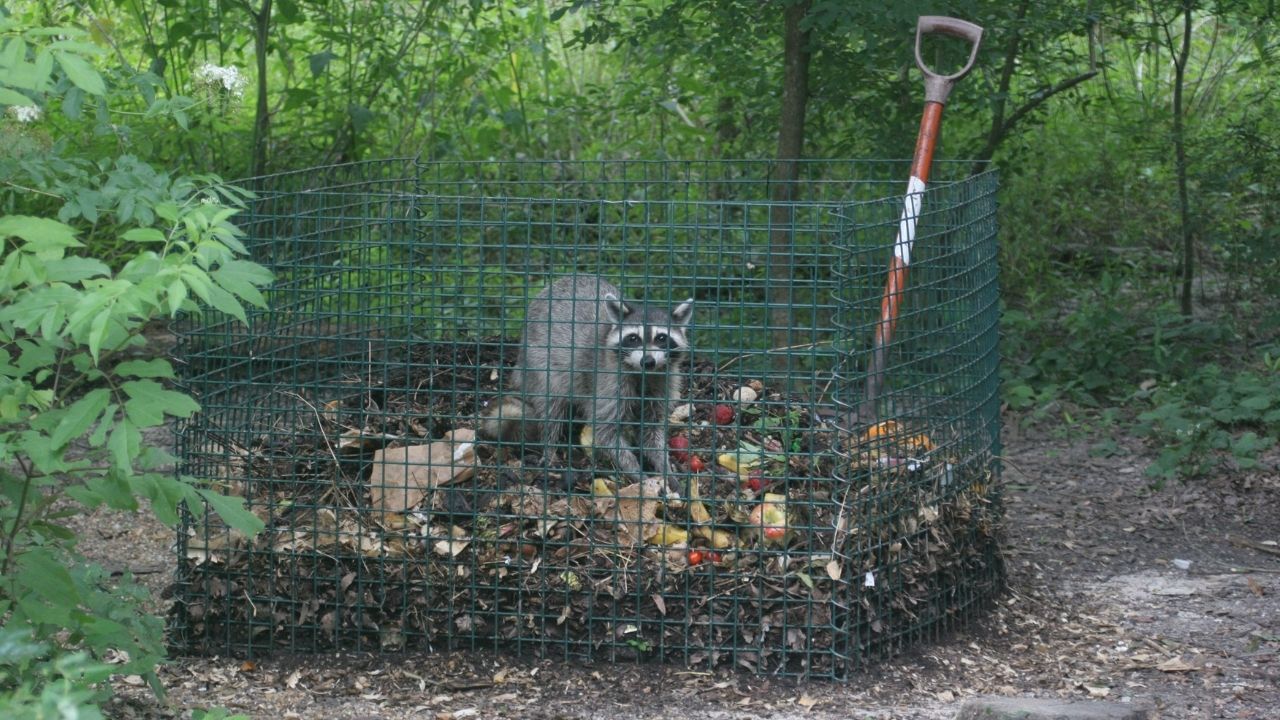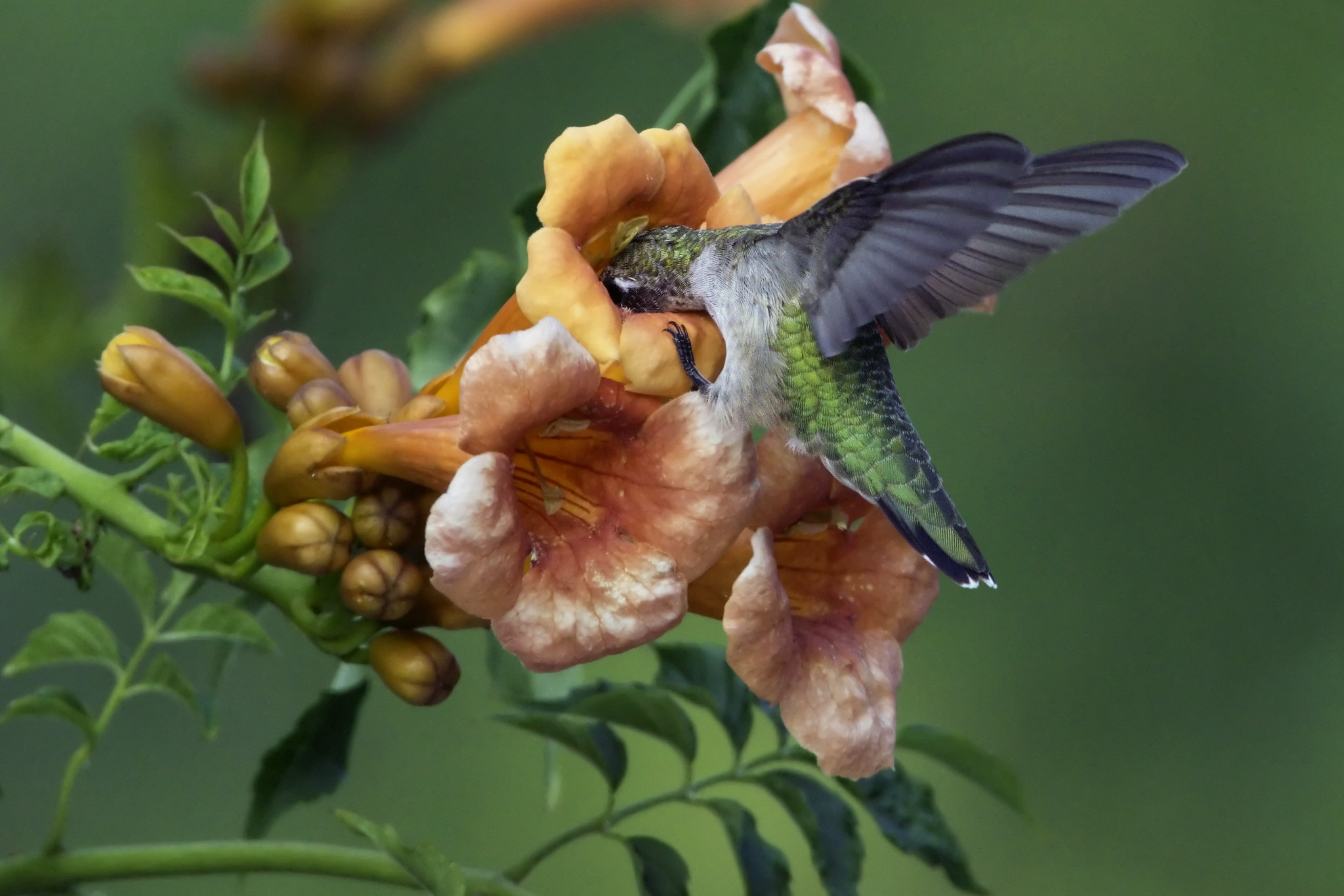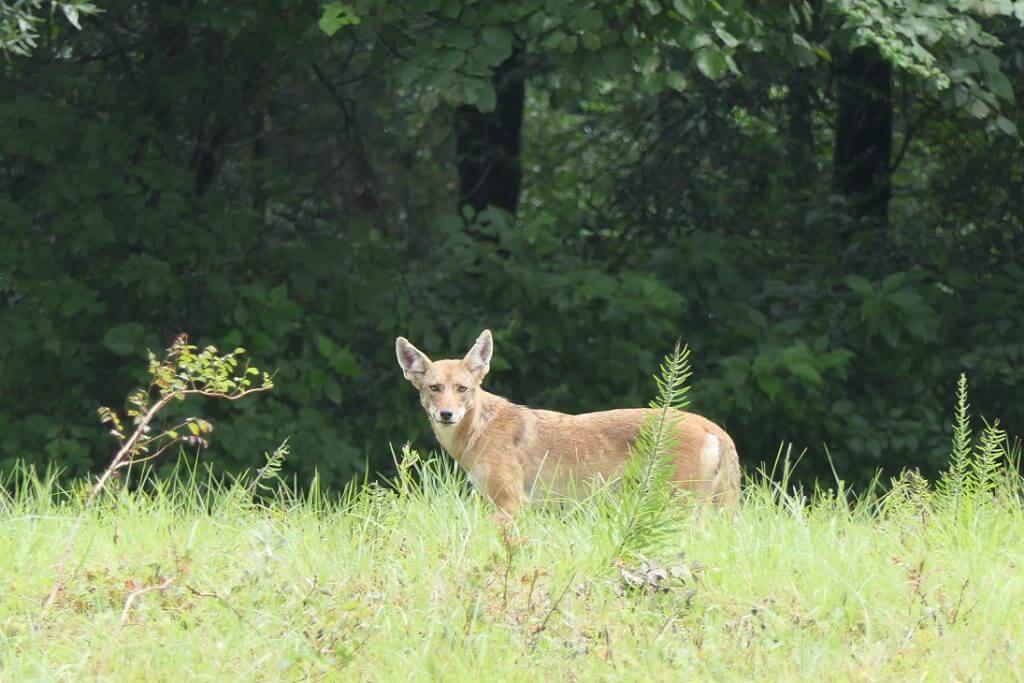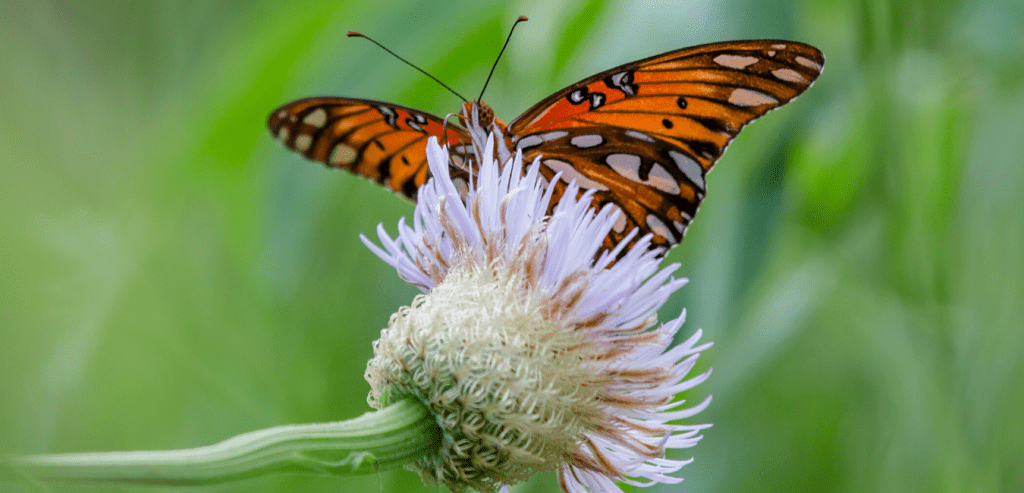Written by Kelsey Low
October is a celebration of all things spooky, scary, and otherwise creepy. It’s a great time to look for some of our more frightening Arboretum residents. Try to find them all… if you dare!
Dead Man’s Fingers
These frightening fungi start life as plump, grayish-blue “zombie fingers” poking up from underground. As they age, they blacken and wither into gruesome “mummy claws”. They are actually mushrooms growing on dead or dying wood, and are an important part of the forest decomposer community. Look for them near rotting logs and old stumps.

Black Widow Spider
Black widows use their blood-red hourglass marking as a warning to predators: stay away, I’m venomous! Thankfully for humans, black widows inject such small amounts of venom that bites are rarely any worse than a bee sting. You’re also unlikely to actually see them here, as they prefer to hide deep in shady crevices.

Big Brown Bat
Big brown bats are… well… big, brown bats! These nocturnal fliers can have a wingspan of up to 16 inches. Despite their scary appearance, big brown bats are actually fantastic neighbors. They eat huge numbers of insect pests, and because they are so tolerant of city life, they are very important for urban pest control. Look for them in the evening around street lamps.

Black Witch Moth
Not actually a witch at all, this is the largest member of the moth and butterfly family found in North America, with a wingspan of nearly 7 inches. This bat-sized moth is also unusual for eating rotten fruit rather than flower nectar. Some cultures consider black witch moths to be symbols of bad luck and death, but others think they mean good luck. Look for them resting under the eaves of our building and find out for yourself!

Great Horned Owl
Great horned owls look very spooky with their sinister “horns”, huge staring eyes, and eerie hooting. They certainly are fearsome predators of mice, rabbits, skunks, and even smaller owls – but even the largest great horned owl only weighs about 5 lbs, so they aren’t a threat to humans. Also, the “horns” are actually fluffy feather tufts used for camouflage and communication. If you’re lucky, you might see one napping during the day high up in a tall tree.


















